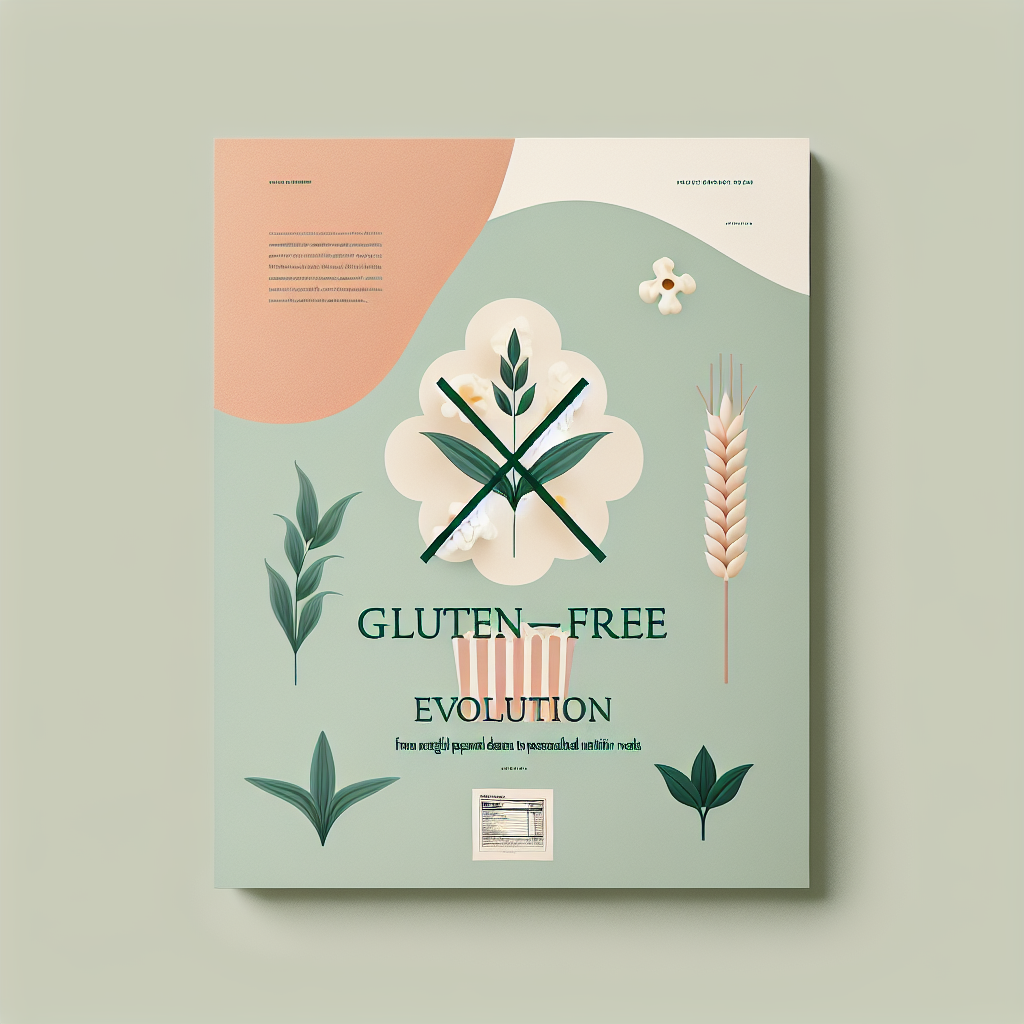Let’s wander down memory lane together for a moment. The year is 2005, February to be precise. You’re clutching an overpriced popcorn tub in your hands. Sneaking a peak at your friends periodically while waiting for the movie trailers to come to an end. Suddenly, Brokeback Mountain’s iconic trailer begins, and you sneak one more peak at your theater companions. Chewing soundlessly on your popcorn, you can’t help but think, “I wish they had gluten-free popcorn available.”
Flash forward to the present day, and you now see gluten-free labels gleaming on store shelves, including those on your favorite popcorn packets. You no longer worry about missing out on enjoying a classic movie snack. It’s a small, yet significant victory for the gluten-free community.
So, how did we get here? Between the moments of longing for gluten-free popcorn and the moments we find ourselves in now — filled with an abundance of gluten-free options in grocery aisles? The answer lies in the changing trends and evolving consumer demand of the food industry.
Understanding these trends is more than a trip down memory lane or a lesson in history; it’s a way to appreciate where we are now and where we’re headed. It’s also especially important to those entering the gluten-free world, as navigating this lifestyle can feel overwhelming.
One of the earliest blogs I wrote, “The History of Gluten-Free: A Deep Dive,” delved into how and when the gluten-free trend began. It made us ponder the plight of our creative, culinary ancestors who managed diets without the extensive labeling and variety we see today.
But, the drive for gluten-free food didn’t stop at providing options for those with Celiac’s disease or gluten-sensitivities. Instead, the gluten-free diet entered the mainstream, largely thanks to the rise of wellness and health culture. Increasing numbers of people started turning towards gluten-free diets, not necessarily due to intolerances but in a bid for overall wellness and weight management.
A study by the Journal of Human Nutrition and Dietetics cited that many adopt the diet seeing it as a “healthier option.” This sparked debate (which continues till this day) around whether or not gluten-free is indeed healthier for those without gluten intolerance, a topic I previously touched upon in my blog post “Is Gluten-Free Always Healthier?”
In terms of trends, veganism and plant-based diets have also influenced the popularity of the gluten-free diet. By mid-2018, the interest in veganism surged by 600% according to Google search data.
How does veganism affect gluten-free diets, you ask? When faced with having to remove meat and dairy from their meal plan, vegans often prioritize fiber-rich foods. Foods that, coincidentally, often fall under the gluten-free banner. So, lentils, quinoa, beans and a host of vegetables take up most of the space on their plates. For example, some vegan companies like Beyond Meat also offer gluten-free options, demonstrating the concurrent rise of the vegan and gluten-free realms.
A burst of new research and awareness around gut health and the microbiome has also put gluten-free diets in the spotlight. The notion of “good” and “bad” bacteria, the impact of certain foods on our gut health, and the focus on probiotics and clean eating have all catapulted gluten-free diets into the mainstream wellness narrative.
In the face of this trend-growth are the innovators working tirelessly behind-the-scenes to accommodate the rising gluten-free demand. They’ve been churning out innovations in gluten-free products, expanding the range we see every day. It’s not just bread and pasta anymore. We now have access to gluten-free cereals, baking access, prepackaged meals, and snacks!
It’s important to mention innovations aren’t just about quantity, but quality too. Gluten-free products have greatly improved in taste over the years. Gone are the days your gluten-free bread tasted much like cardboard. Now, gluten-free products are often indistinguishable from their gluten counterparts, which we explored in “Can You Taste the Difference? Gluten-Free vs. Regular Baked Goods.”
So, it’s clear that the current landscape of gluten-free diets is the result of a multitude of factors – wellness trends, diversity in diets, an increased focus on gut-health – all leading to growth and evolution in gluten-free product development and awareness.
But where are we heading? While I don’t have a crystal ball to predict the future (I wish!), industry experts suggest that the rise of personalized nutrition could be the next big trend influencing the future of the gluten-free community.
This means that the trend goes beyond gluten sensitivity. Personal nutrition based on individual lifestyles, health conditions, environment, even genetic makeup can help further personalize dietary decisions. Incorporating gluten-free diet options into these personalized plans could create a bigger, more researched footing for our community, solidifying the presence of gluten-free food in mainstream society. Let’s toast (with our gluten-free bread) to that!
Remember that while it’s fascinating to delve into trends, the decision to go gluten-free should be based on individual health conditions and doctor’s advice primarily. Your health is what matters the most.
To new and returning members of the gluten-free community: We’ve gone through a lot, and we’re still here. Let’s embrace and participate in these trends, continue to educate ourselves and each other, and expand our choices. Who knows, maybe one day we’ll sit at a movie theater with gluten-free popcorn in our hands, reminiscing about the times we didn’t take this for granted.
**Category: Trends & Opinions**



